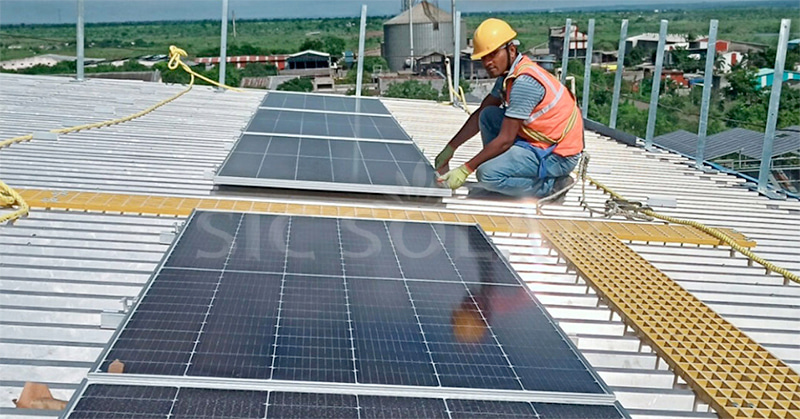When installing solar panels, the brackets—or mounting clamps—play a critical role in securing the system. One of the most important details during setup is the spacing between solar panel brackets, which affects the structural integrity, wind resistance, and lifespan of the system.
Standard Bracket Spacing
In most cases, solar panel brackets (also called mounting clamps or supports) are spaced based on the following factors:
- Panel dimensions
- Roof structure or racking system design
- Wind and snow loads
- Local building codes
- Manufacturer specifications
As a general rule:
- Mid clamps are placed between adjacent panels, usually near the quarter points of the panel’s frame.
- End clamps are installed at the outer edges of the array.
- Rails or supports underneath panels are commonly spaced between 40 to 60 inches (1000 to 1500 mm) apart, depending on rafter spacing and load calculations.
Why Bracket Spacing Matters
- Structural Safety: Poor spacing can cause panel flexing or rattling in strong wind.
- System Longevity: Proper load distribution extends the life of the panels and roof.
- Code Compliance: Bracket layout must meet regional wind and snow load standards.
Custom Systems and Engineering
Bracket spacing isn’t just about following standard numbers—it often requires adjustment for roof type, tilt angle, and environmental factors. That’s where engineering support and quality design come in.
SIC Solar Approach
SIC Solar, a professional manufacturer of solar mounting systems, offers pre-engineered racking solutions that include optimized bracket spacing based on project location and load conditions. Their systems are designed for fast installation and structural reliability, with clear spacing guidelines included for various panel types and installation methods.
Whether it’s a residential pitched roof or a commercial flat mount, SIC Solar provides bracket setups that simplify design while meeting global safety standards.
